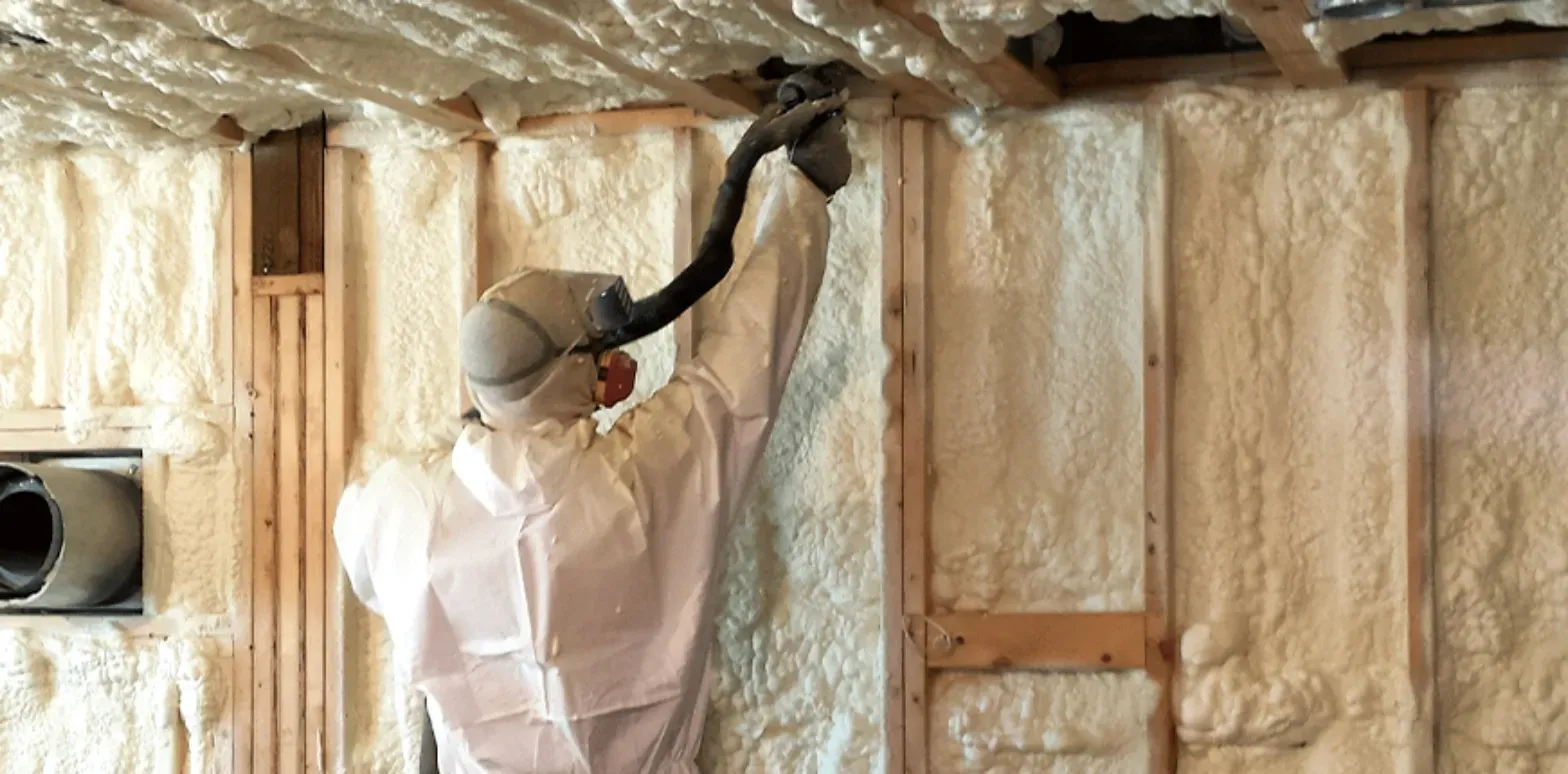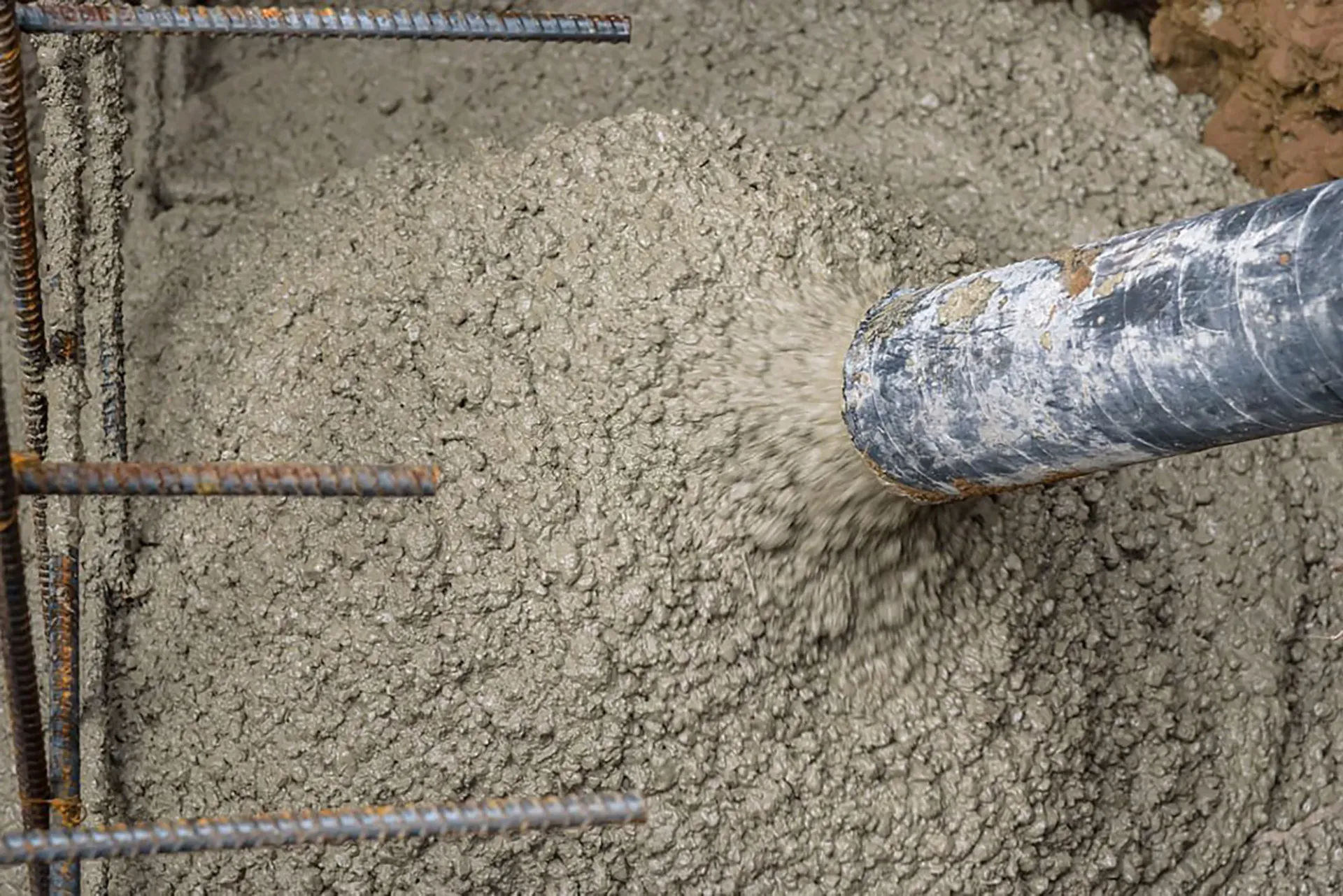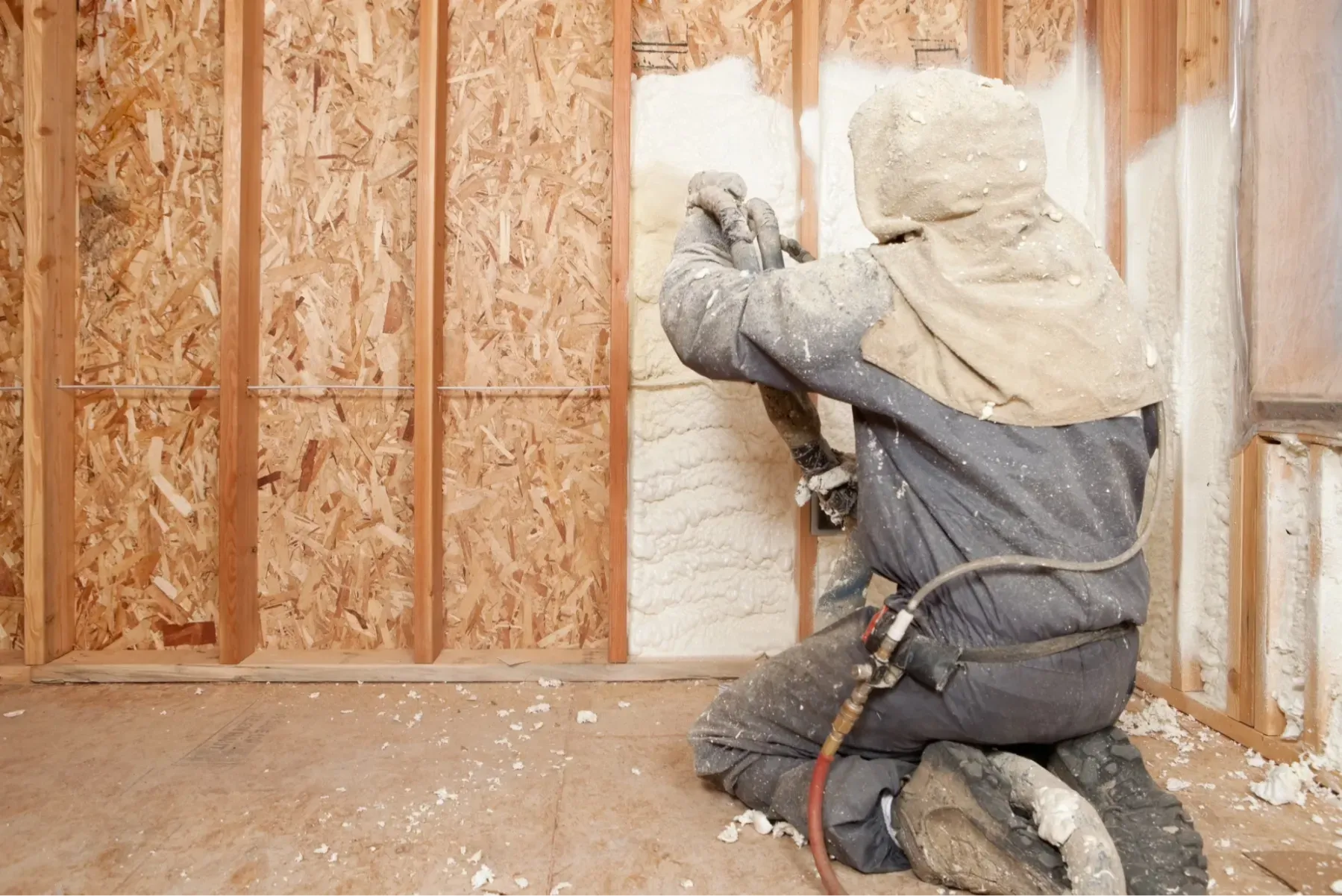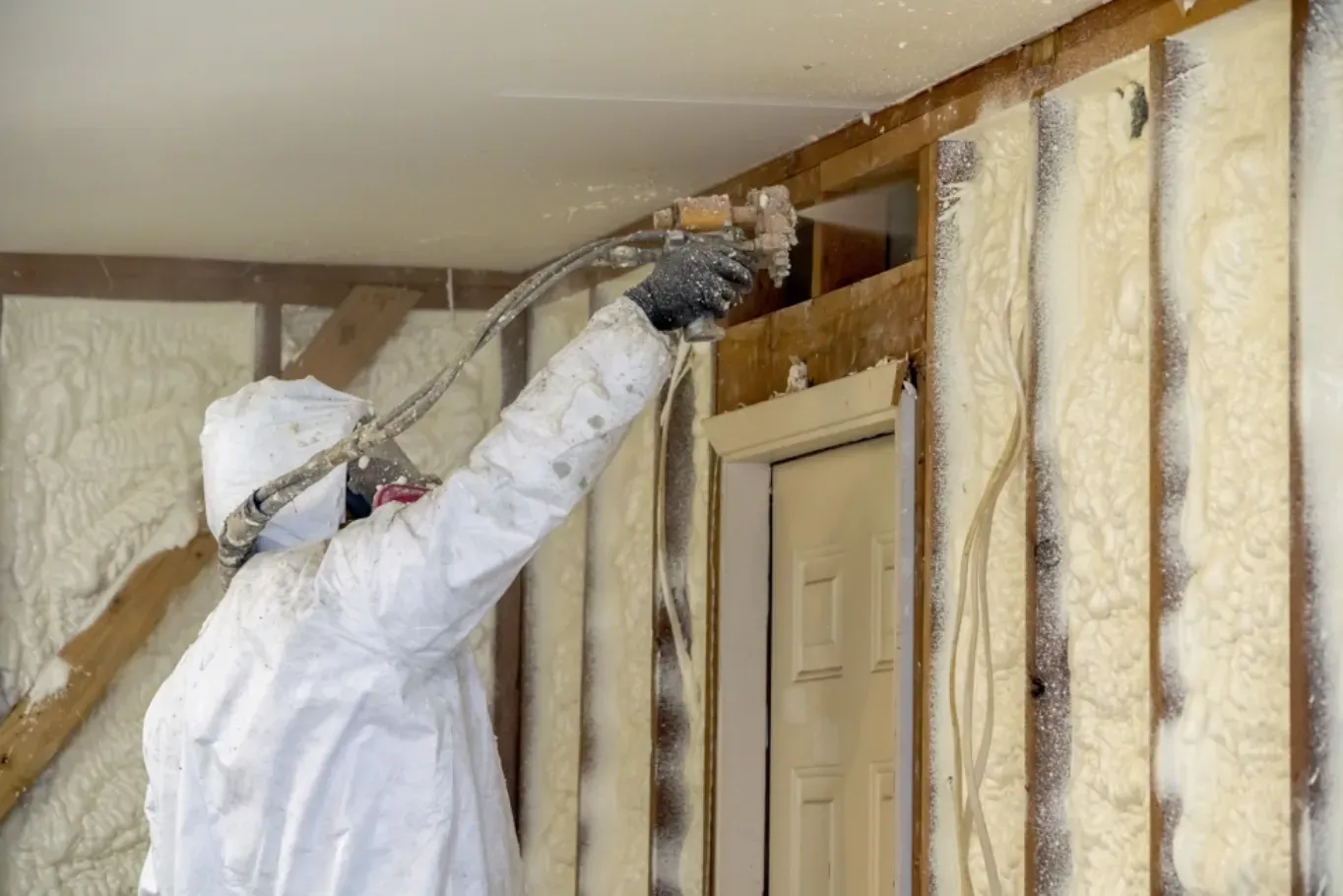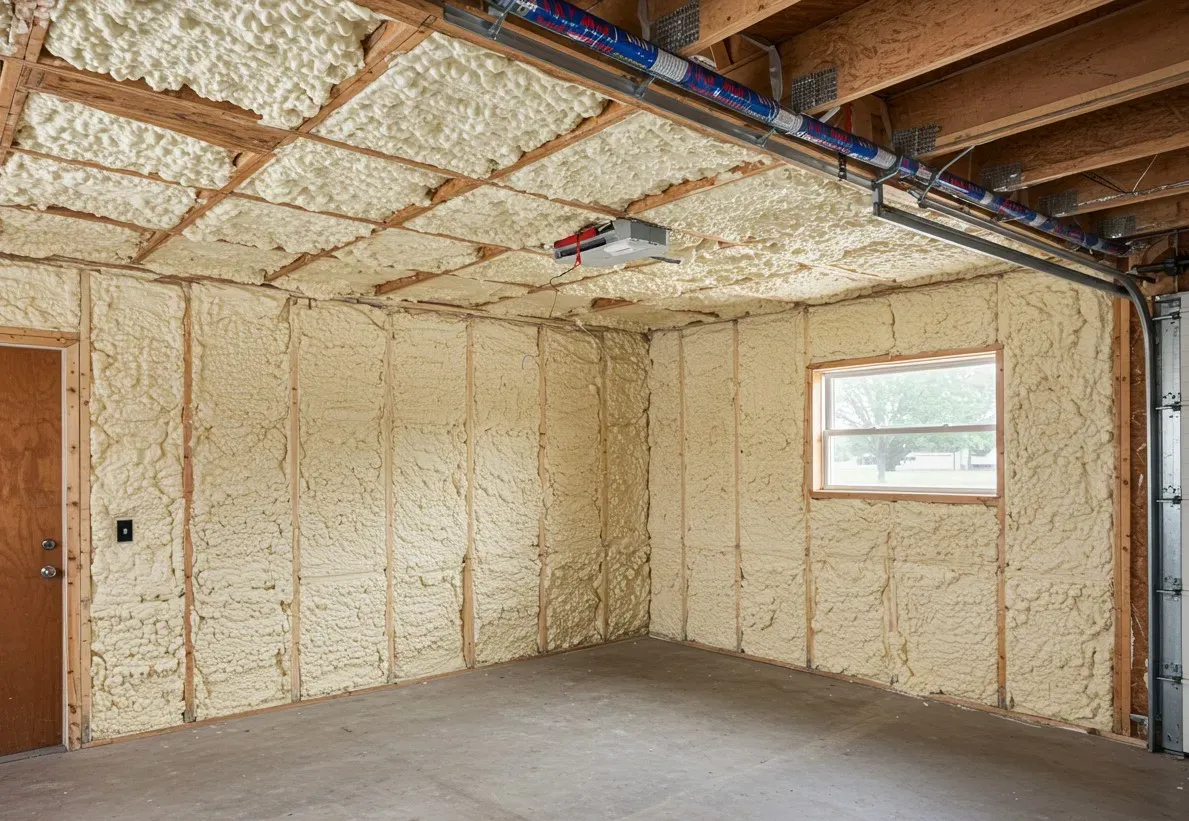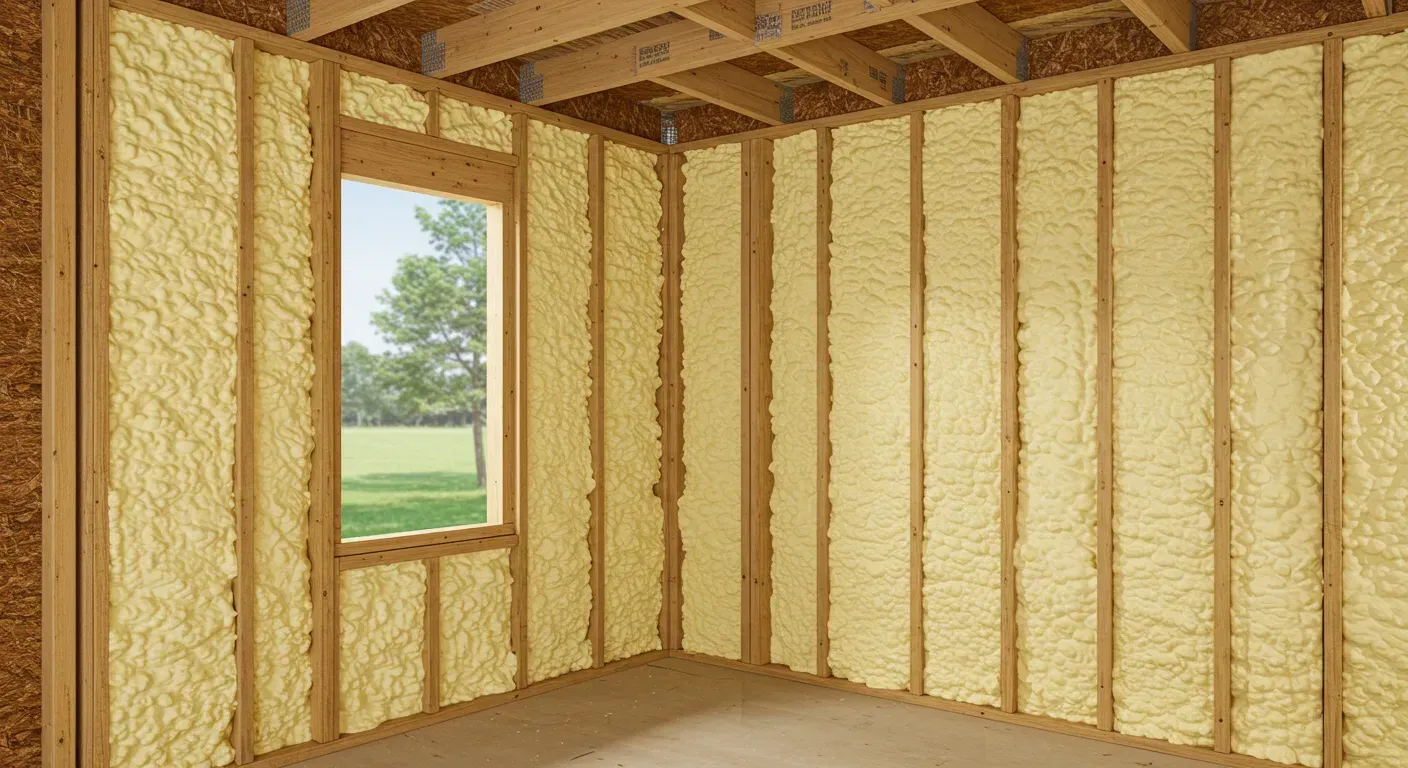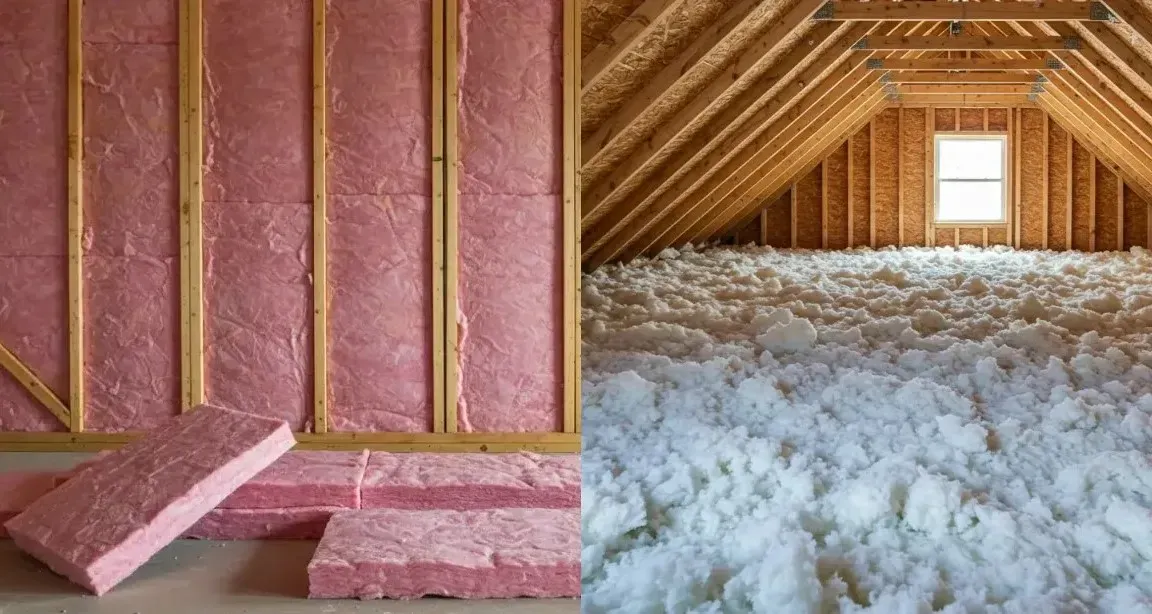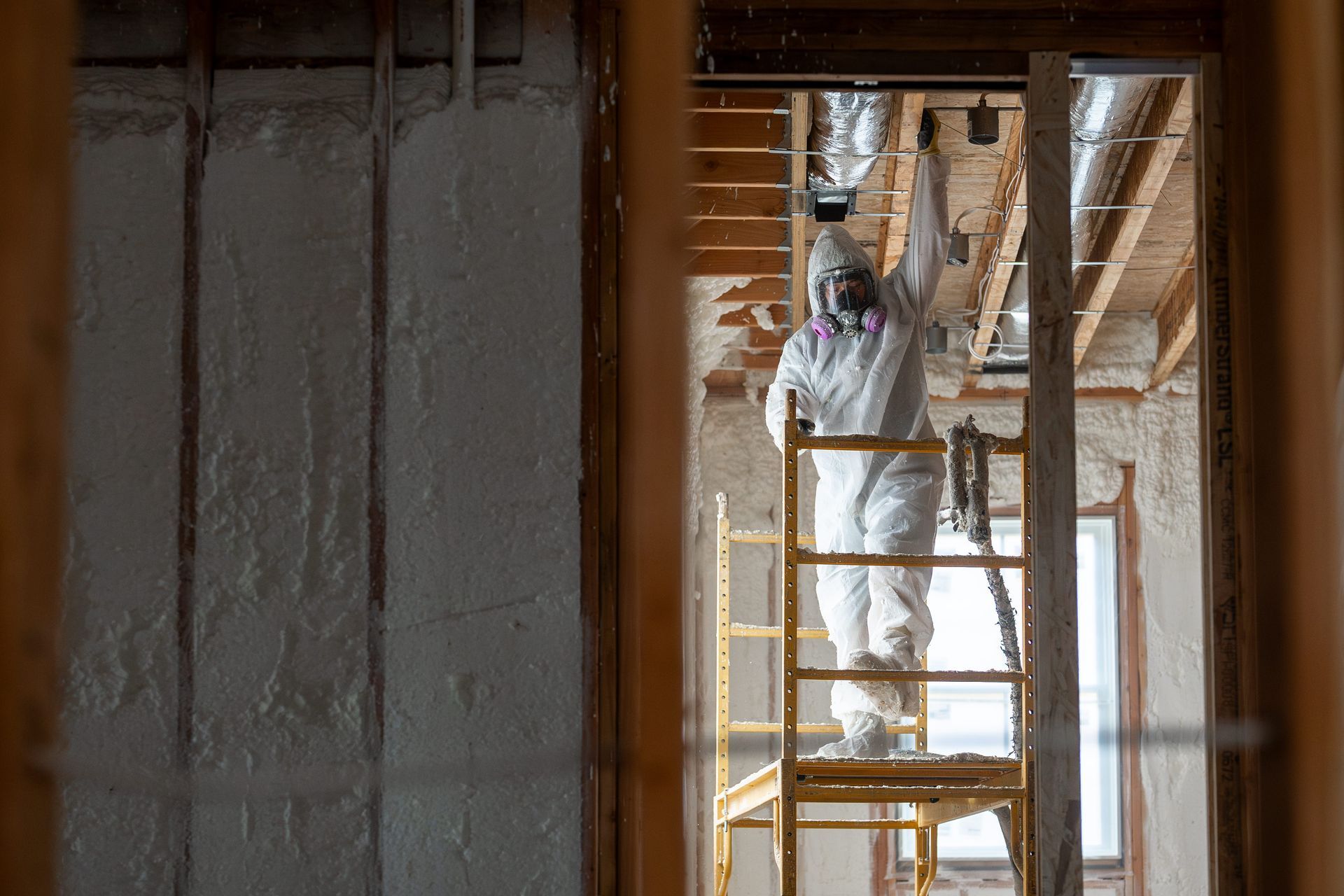Top Benefits of Blown-In Insulation for Homes in Hernando County, FL
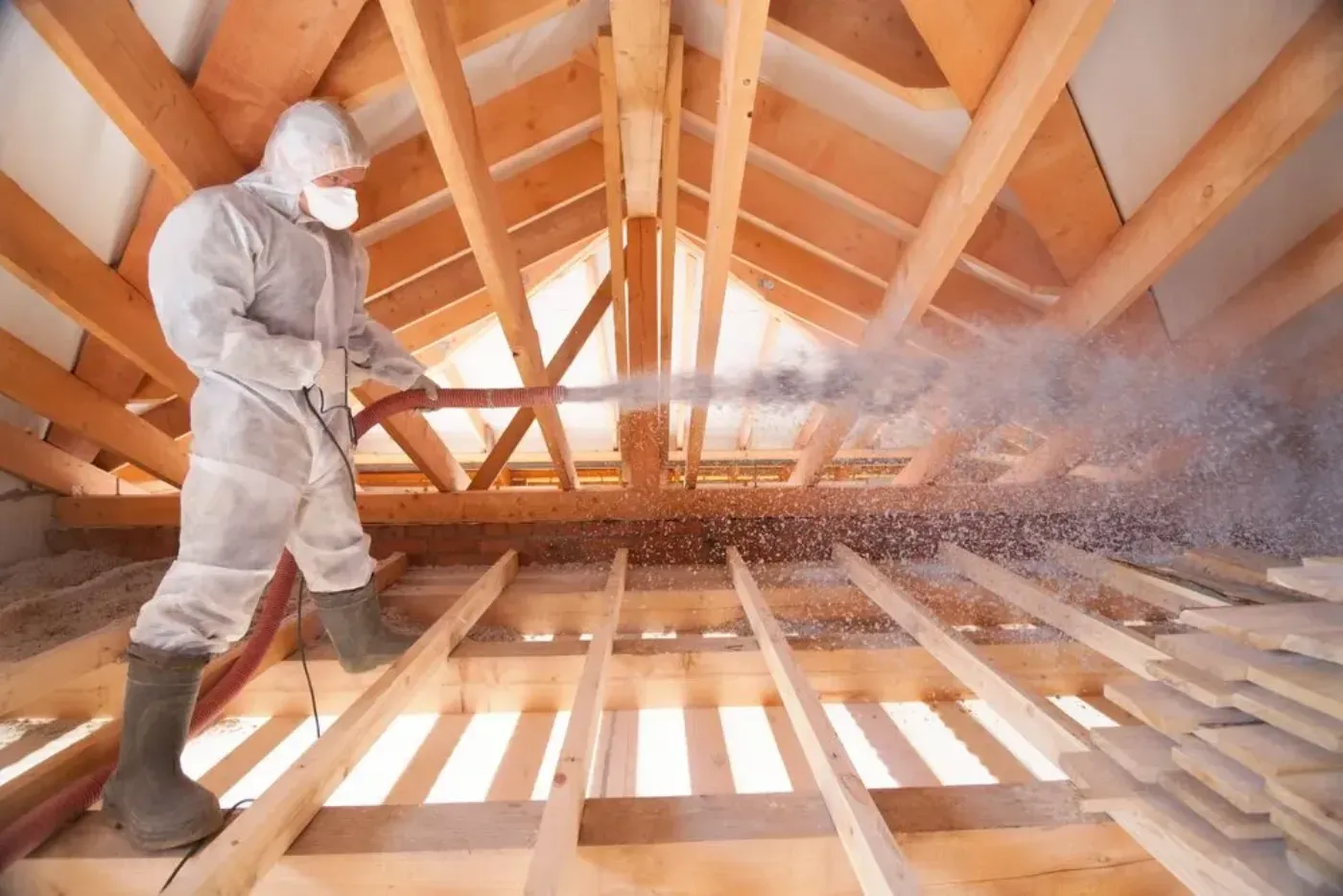
Introduction
Homeowners in Hernando County, FL, face unique climate challenges, from sweltering summers to occasional cold snaps in winter. Ensuring proper insulation is crucial for maintaining indoor comfort and reducing energy costs. Blown-in insulation is an effective solution that provides superior coverage and performance compared to traditional insulation methods. This guide explores the benefits of blown-in insulation and why it is an excellent choice for homes in this region.
Understanding Blown-In Insulation
Blown-in insulation consists of small particles of insulating material, typically fiberglass or cellulose, which are sprayed into attics, walls, and other cavities. This method allows for complete coverage, filling gaps and crevices that other types of insulation might miss. Unlike traditional batts or rolls, blown-in insulation conforms to irregular spaces, enhancing thermal performance.
Energy Efficiency and Cost Savings
Reducing Energy Bills
One of the primary advantages of blown-in insulation is its ability to significantly reduce heating and cooling costs. By creating an effective thermal barrier, it helps maintain indoor temperatures, reducing the strain on HVAC systems and leading to lower energy consumption.
Improved R-Value Performance
R-value measures the resistance of insulation to heat flow. Blown-in insulation provides high R-value performance, ensuring better temperature control throughout the year. In Florida’s climate, this means a cooler home in summer and a warmer one in winter, with less reliance on artificial cooling and heating.
Comprehensive Coverage and Air Sealing
Filling Gaps and Hard-to-Reach Areas
Blown-in insulation is ideal for covering small gaps, cracks, and crevices that other insulation types might leave exposed. This seamless coverage reduces heat transfer and enhances the overall efficiency of the insulation system.
Minimizing Air Leaks
Air leaks are a common issue in homes, leading to energy waste and inconsistent temperatures. Blown-in insulation helps seal these leaks, preventing conditioned air from escaping and outdoor air from infiltrating the home. This results in more stable indoor temperatures and improved comfort.
Moisture Resistance and Mold Prevention
Reducing Humidity-Related Issues
Hernando County’s humid climate can lead to moisture buildup in poorly insulated areas, increasing the risk of mold and mildew growth. Blown-in insulation helps regulate humidity levels by preventing condensation, thereby reducing potential health hazards associated with mold.
Protecting Structural Integrity
By keeping moisture at bay, blown-in insulation helps protect wooden structures, drywall, and other building materials from damage. This extends the lifespan of the home and minimizes maintenance costs.
Enhanced Soundproofing
Noise Reduction Benefits
Blown-in insulation is not just about temperature control—it also improves soundproofing. The dense nature of the material helps reduce outside noise, making homes quieter and more peaceful. This is particularly beneficial for properties located near busy roads or in high-traffic areas.
Interior Room Insulation
In addition to blocking external noise, blown-in insulation can be used within interior walls to reduce sound transmission between rooms, enhancing privacy and comfort within the home.
Eco-Friendly and Sustainable Choice
Environmentally Responsible Materials
Many blown-in insulation products are made from recycled materials, making them a more sustainable option compared to traditional insulation types. Cellulose insulation, for example, is often composed of recycled newspaper, making it an eco-friendly choice for homeowners who prioritize sustainability.
Lower Carbon Footprint
By improving energy efficiency, blown-in insulation reduces the overall carbon footprint of a home. Lower energy consumption means reduced greenhouse gas emissions, contributing to environmental conservation efforts.
Quick and Non-Intrusive Installation
Faster Application Process
Unlike traditional insulation methods that require extensive labor, blown-in insulation can be installed quickly and efficiently. Professional installers use specialized equipment to distribute the material evenly, minimizing disruption to the household.
Minimal Structural Alterations
Blown-in insulation can be applied without major renovations or demolition. This makes it an excellent option for both new construction projects and retrofitting existing homes without causing extensive damage or requiring significant structural changes.
Professional Installation for Optimal Results
Why Choose Experts for Installation?
Proper installation is key to maximizing the benefits of blown-in insulation. Hiring professionals ensures even coverage, correct R-value application, and long-term performance. On the Mark Spray Foam provides expert insulation services in Hernando County, FL, delivering high-quality results tailored to the region’s climate conditions.
Conclusion
Blown-in insulation is a practical and efficient choice for homeowners in Hernando County, FL, looking to improve energy efficiency, comfort, and sustainability. Its ability to fill gaps, regulate temperatures, and minimize noise makes it a standout option for both new and existing homes. For professional installation and expert guidance, contact On the Mark Spray Foam at (813) 921-0444 or email info@onthemarksprayfoam.net to discuss your insulation needs.
Common Questions About Blown-In Insulation
How long does blown-in insulation last?
Blown-in insulation typically lasts 20-30 years, depending on the material used and environmental conditions. Regular inspections can help ensure it remains effective over time.
Can blown-in insulation be added to existing insulation?
Yes, it can be layered over existing insulation to enhance thermal performance without removing the original material.
Is blown-in insulation fire-resistant?
Fiberglass and cellulose insulation are treated with fire-retardant chemicals to improve safety, making them a safer choice for homes.
Does blown-in insulation attract pests?
Properly installed blown-in insulation does not attract pests. Some cellulose products contain borate, which repels insects and rodents.
How does blown-in insulation compare to spray foam?
Blown-in insulation is cost-effective and provides excellent coverage, while spray foam offers additional air-sealing benefits. The best choice depends on budget, home structure, and specific insulation needs.
What areas of a home can be insulated with blown-in insulation?
Attics, walls, crawl spaces, and ceilings can all benefit from blown-in insulation, improving energy efficiency throughout the home.
Can I install blown-in insulation myself?
While DIY installation is possible, professional installation ensures even distribution and optimal performance, preventing gaps or over-compaction.
Will blown-in insulation lower my energy bills?
Yes, it helps reduce heating and cooling costs by maintaining stable indoor temperatures and reducing HVAC workload.
Is blown-in insulation safe for people with allergies?
Fiberglass and cellulose insulation are designed to be low in allergens. However, installation should be done with protective gear to minimize exposure to dust.
How much does blown-in insulation cost?
Costs vary depending on the size of the space and the type of insulation used. On average, installation costs range from $1.00 to $2.50 per square foot.
